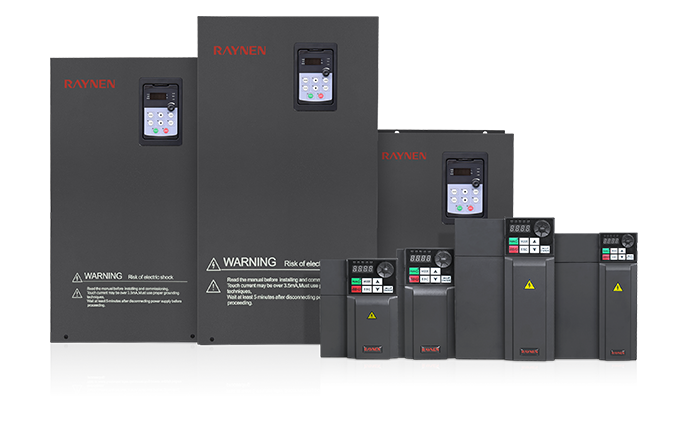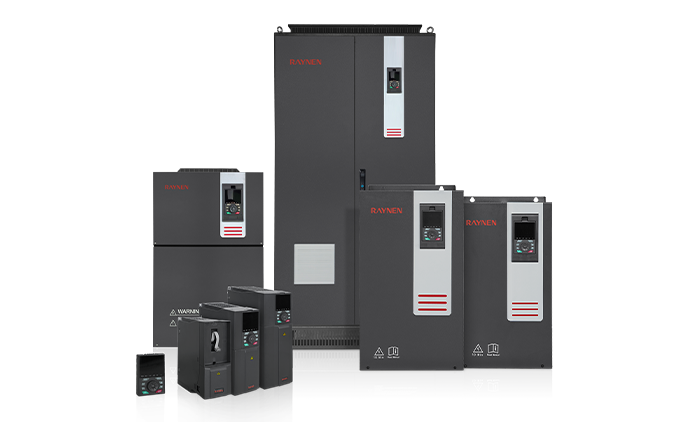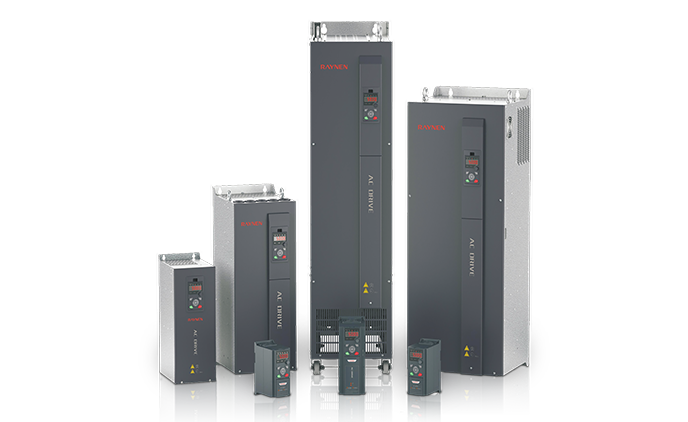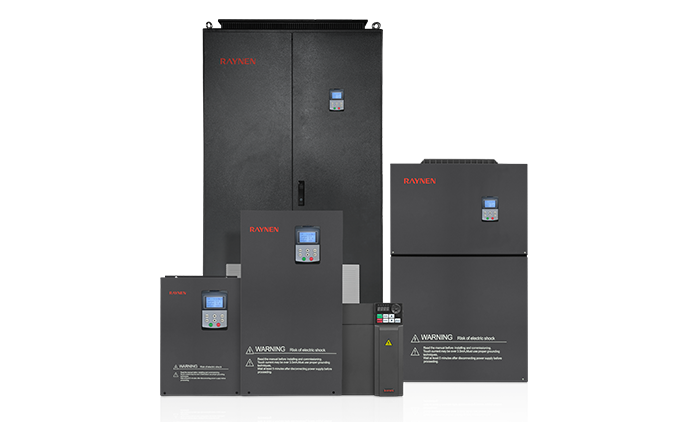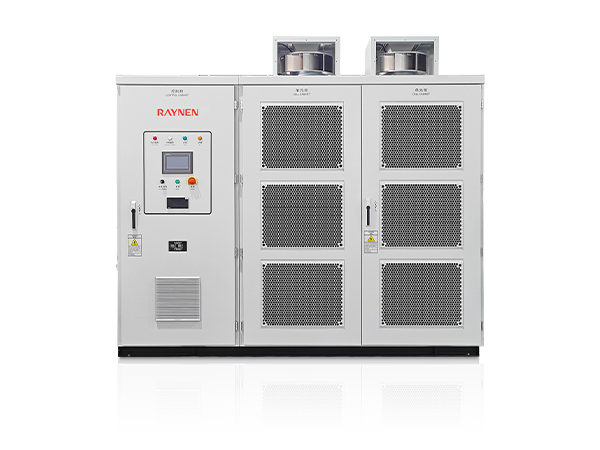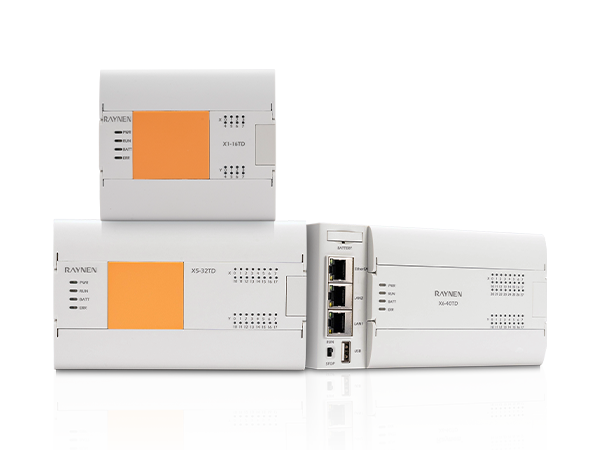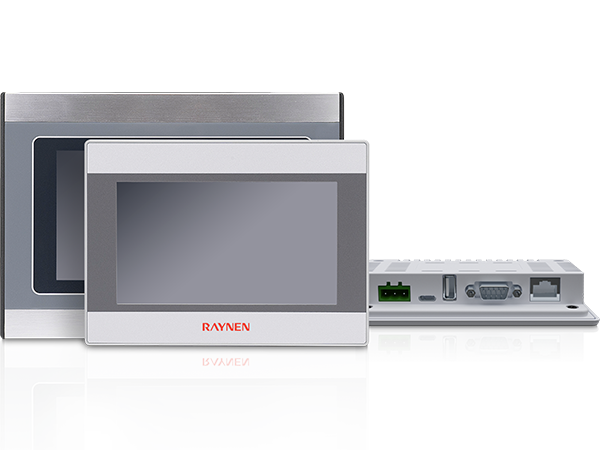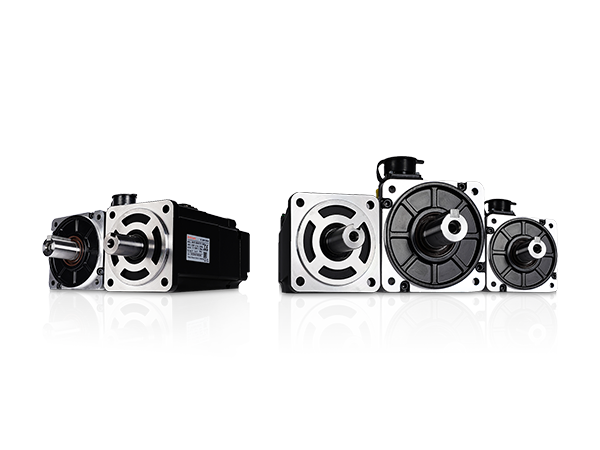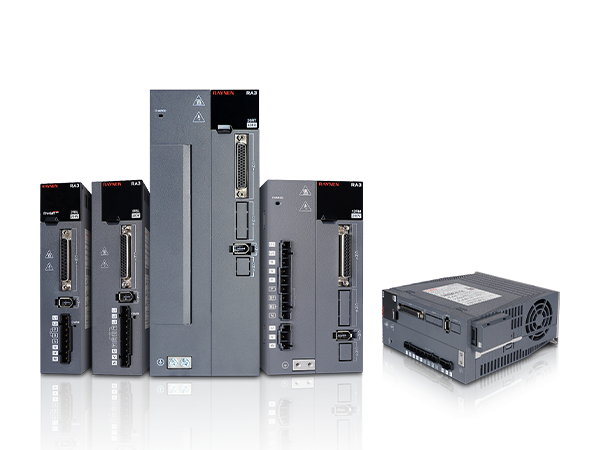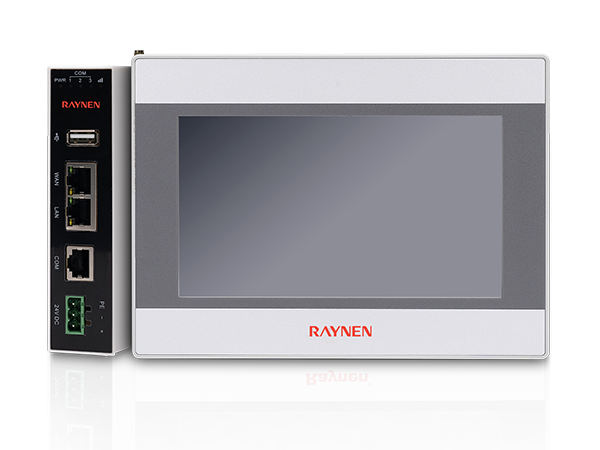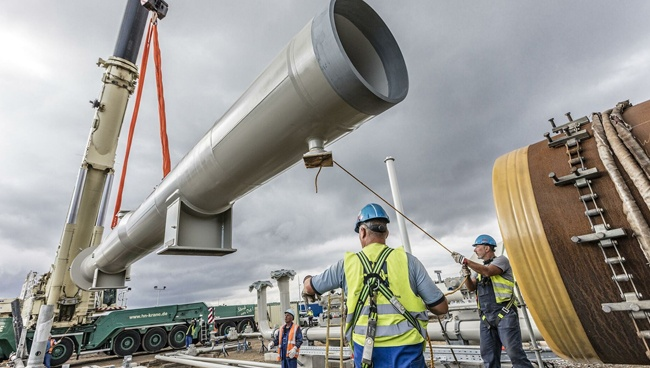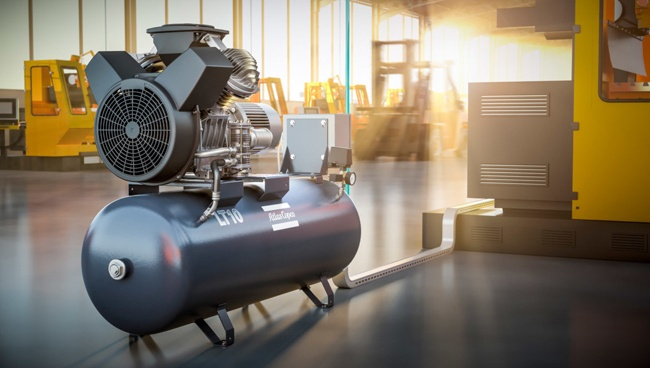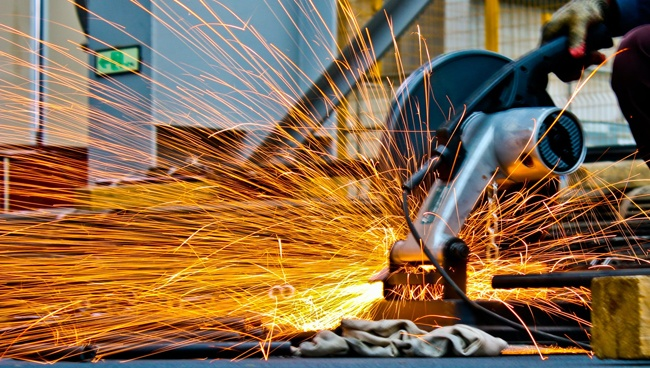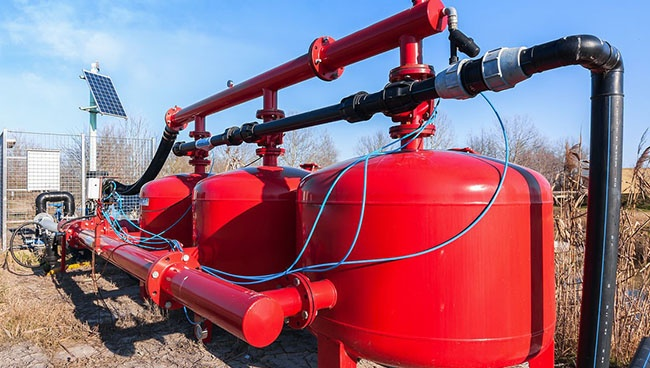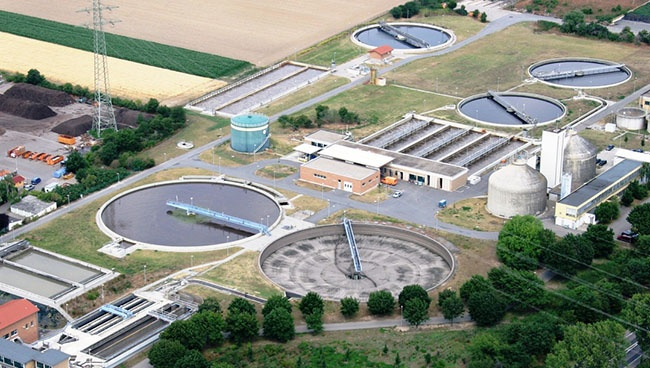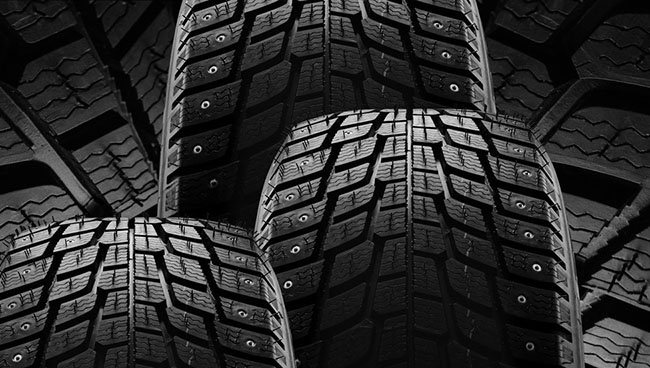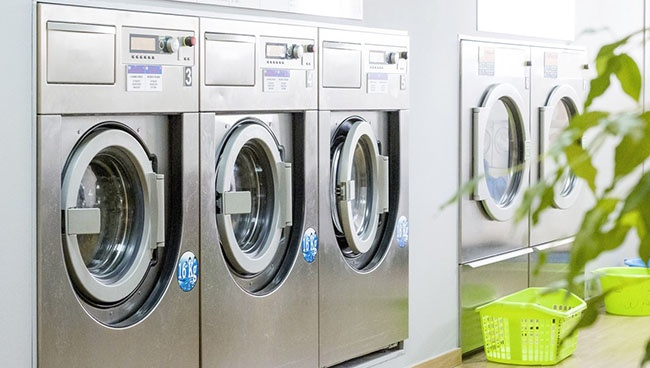1.Introduction to AC Drives (Variable Frequency Drives) In the realm of modern industrial control an......
READ MOREWhat are the components of an AC servo system?
An AC servo system is a sophisticated motion control setup renowned for its precision, speed, and dynamic performance. Unlike simpler open-loop systems, servo systems employ a closed-loop control mechanism, constantly monitoring and adjusting the motor's position, speed, and torque to achieve highly accurate and repeatable movements. Understanding the individual components that make up such a system is crucial for anyone working with industrial automation, robotics, or high-performance machinery.
The Core Components of an AC Servo System
While the complexity can vary, a typical AC servo system fundamentally comprises four key components working in concert:
1. The AC Servo Motor
The AC servo motor is the muscle of the system, responsible for generating mechanical motion. These are typically permanent magnet synchronous motors (PMSMs) or induction motors designed for high dynamic response. Key characteristics include low inertia, high power density, and excellent torque control across a wide speed range. Unlike standard AC induction motors, servo motors are designed for precise control, often featuring a higher pole count and specialized windings to minimize torque ripple and enhance smooth operation. They are built to handle rapid acceleration, deceleration, and frequent changes in direction, making them ideal for dynamic applications.
2. The AC Servo Drive
Often considered the brain of the system, the AC servo drive (also known as a servo amplifier, servo controller, or servo inverter) is an electronic device that receives control signals from an external controller and converts them into the precise power required to operate the servo motor. It acts as an interface, managing the motor's voltage, current, and frequency based on the feedback it receives. The servo drive contains sophisticated control algorithms (like PID controllers) that allow it to precisely regulate the motor's position, velocity, and torque. Modern servo drives are highly intelligent, offering features such as auto-tuning, various communication protocols (e.g., EtherCAT, PROFINET, CANopen), and built-in diagnostic capabilities, simplifying commissioning and troubleshooting.
3. The Feedback Device
The feedback device is the system's eyes, providing real-time information about the motor's actual position, speed, or both. This information is critical for the closed-loop control. The most common feedback devices are:
-
Encoders: These convert angular position into electrical signals.
-
Incremental Encoders: Provide pulses for each increment of rotation, used for speed and relative position.
-
Absolute Encoders: Provide a unique digital code for each angular position, retaining position information even after power loss.
-
-
Resolvers: Robust analog devices that provide absolute position feedback, often preferred in harsh environments due to their resistance to shock and vibration.
-
Hall Effect Sensors: Sometimes used in simpler servo motors to determine rotor position for commutation.
The feedback device is directly mounted on the servo motor or the load, transmitting precise data back to the servo drive, which then compares the actual state with the commanded state and adjusts the motor's output accordingly.
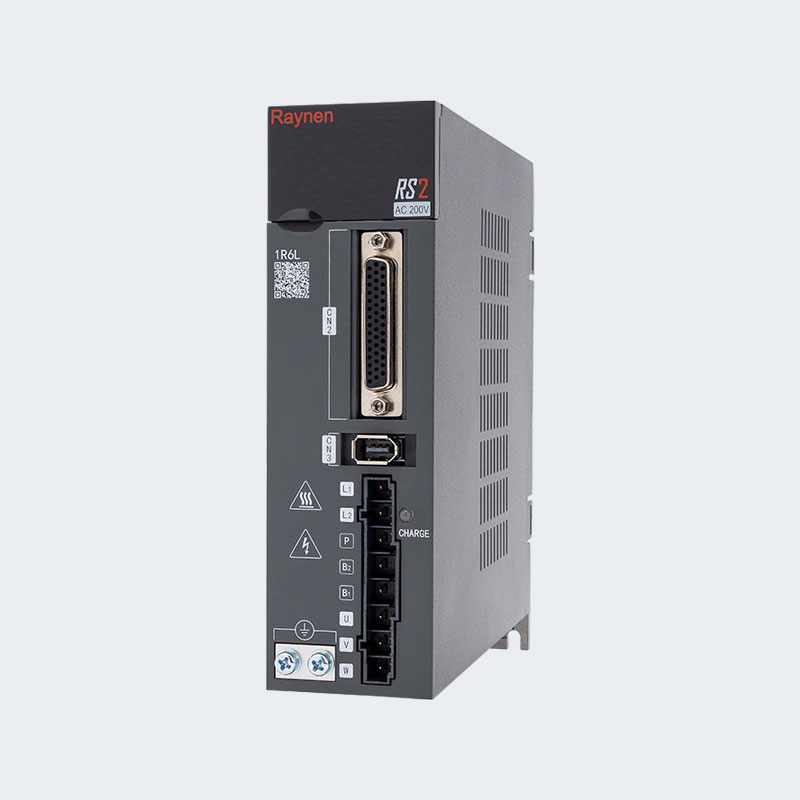
4. The Motion Controller (or PLC with Motion Control Capabilities)
The motion controller is the system's strategic planner. It's the central command unit that issues instructions to the servo drive. This can be a dedicated motion controller, a Programmable Logic Controller (PLC) with integrated motion control modules, or even a PC-based control system. The motion controller stores the desired motion profiles (e.g., specific positions, velocities, acceleration ramps) and sends commands to the servo drive. It manages complex multi-axis coordinated movements, synchronization, and overall sequence of operations for the machine or robotic system. The sophistication of the motion controller dictates the complexity and precision of the movements the servo system can achieve.
How They Work Together
The synergy between these components is what makes an AC servo system so powerful. The motion controller sends a desired motion command to the AC servo drive. The servo drive then calculates the necessary voltage and current to apply to the AC servo motor. As the motor moves, the feedback device continuously reports its actual position and speed back to the servo drive. The servo drive compares this feedback with the commanded values and makes instantaneous adjustments, ensuring the motor accurately follows the desired path. This continuous feedback loop is the essence of closed-loop control, guaranteeing high accuracy, repeatability, and dynamic response, even under varying load conditions.
Understanding these fundamental components provides a solid foundation for designing, implementing, and maintaining high-performance automation solutions.

 English
English Español
Español عربى
عربى
